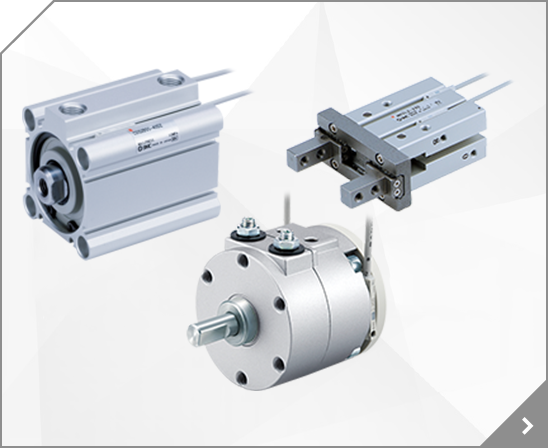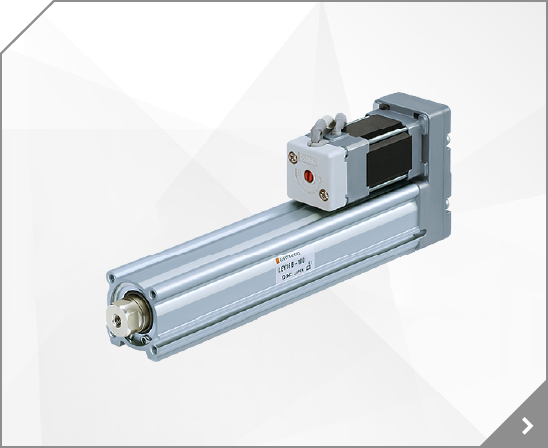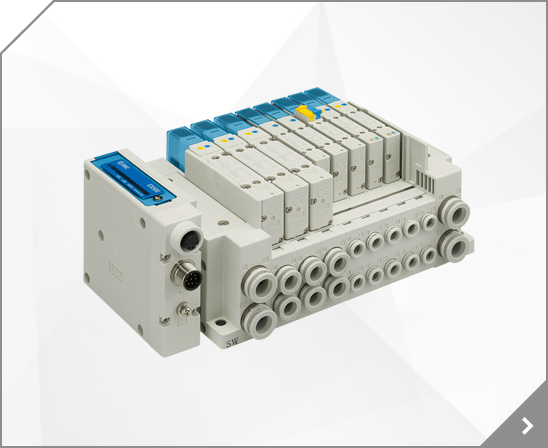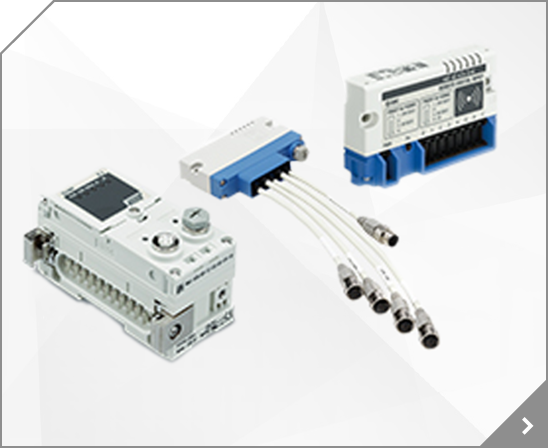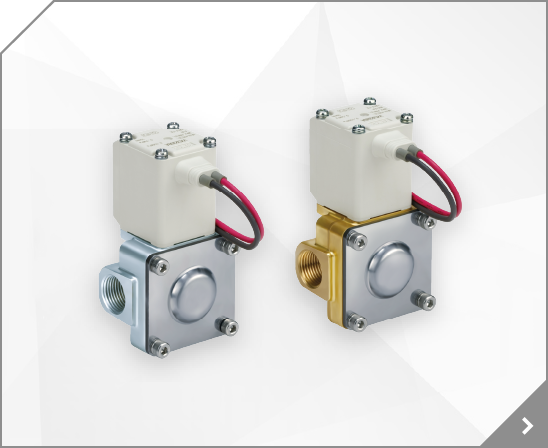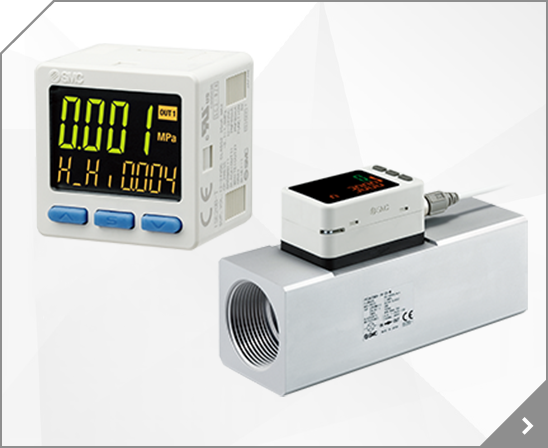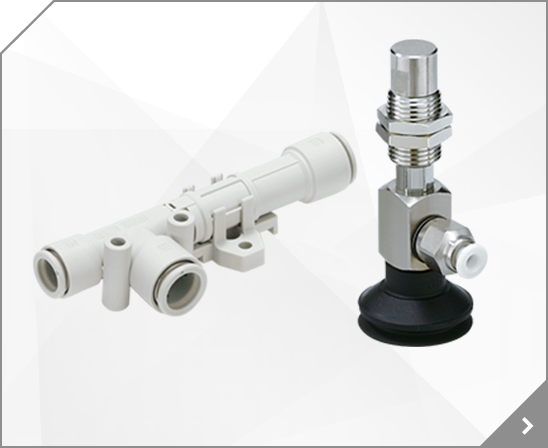
SMC's MK-Z is a rotary clamp cylilnder that has a high allowable moment of inertia. The typical application for the MK-Z is to hold parts during a welding application. A short overall length means that the MK-Z series is versatile in mounting. Auto switches can be mounted on any of the 4 surfaces with no projection of the switch.
Series MSZ, a 3-position rotary table, can be adjusted to stop at three different positions within a 190º radius. The MSZ does not require a motor, or any complex machinery to function, only compressed air.
Port Size: 2 (25A), Piping: A (Direct Piping Type), Material: A (NBR/POM, w/o Silencer, Normal Temperature), Voltage Electrical Entry: A (24 VDC, Grommet), Other Voltages and Electrical Options: None, Thread: A (G)
PF3W is a digital flow sensor that constantly monitors water or coolant flow. The -U variation features PVC piping for additional compatibility with deionized water and liquid chemicals. This is the remote version of PF3W7-U, without a display. One analog output is available. Options include a mounting bracket and M8 lead wire.
A rodless cylinder with mechanical joining differs from a basic air cylinder in that no piston rod extends outside the cylinder body. Instead, the internal piston is connected to an external carriage.
A rodless cylinder with mechanical joining differs from a basic air cylinder in that no piston rod extends outside the cylinder body. Instead, the internal piston is connected to an external carriage.
A rodless cylinder with mechanical joining differs from a basic air cylinder in that no piston rod extends outside the cylinder body. Instead, the internal piston is connected to an external carriage.
A rodless cylinder with mechanical joining differs from a basic air cylinder in that no piston rod extends outside the cylinder body. Instead, the internal piston is connected to an external carriage.
A rodless cylinder with mechanical joining differs from a basic air cylinder in that no piston rod extends outside the cylinder body. Instead, the internal piston is connected to an external carriage.
A rodless cylinder with mechanical joining differs from a basic air cylinder in that no piston rod extends outside the cylinder body. Instead, the internal piston is connected to an external carriage.
A rodless cylinder with mechanical joining differs from a basic air cylinder in that no piston rod extends outside the cylinder body. Instead, the internal piston is connected to an external carriage.
A rodless cylinder with mechanical joining differs from a basic air cylinder in that no piston rod extends outside the cylinder body. Instead, the internal piston is connected to an external carriage.
A rodless cylinder with mechanical joining differs from a basic air cylinder in that no piston rod extends outside the cylinder body. Instead, the internal piston is connected to an external carriage.
A rodless cylinder with mechanical joining differs from a basic air cylinder in that no piston rod extends outside the cylinder body. Instead, the internal piston is connected to an external carriage.
A rodless cylinder with mechanical joining differs from a basic air cylinder in that no piston rod extends outside the cylinder body. Instead, the internal piston is connected to an external carriage.
A rodless cylinder with mechanical joining differs from a basic air cylinder in that no piston rod extends outside the cylinder body. Instead, the internal piston is connected to an external carriage.
A rodless cylinder with mechanical joining differs from a basic air cylinder in that no piston rod extends outside the cylinder body. Instead, the internal piston is connected to an external carriage.
A rodless cylinder with mechanical joining differs from a basic air cylinder in that no piston rod extends outside the cylinder body. Instead, the internal piston is connected to an external carriage.
A rodless cylinder with mechanical joining differs from a basic air cylinder in that no piston rod extends outside the cylinder body. Instead, the internal piston is connected to an external carriage.
A rodless cylinder with mechanical joining differs from a basic air cylinder in that no piston rod extends outside the cylinder body. Instead, the internal piston is connected to an external carriage.
